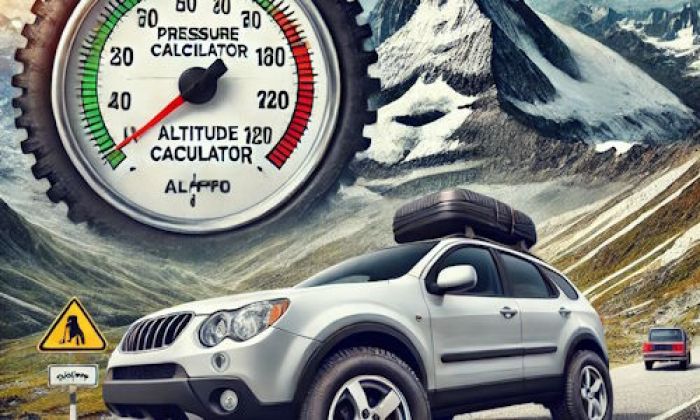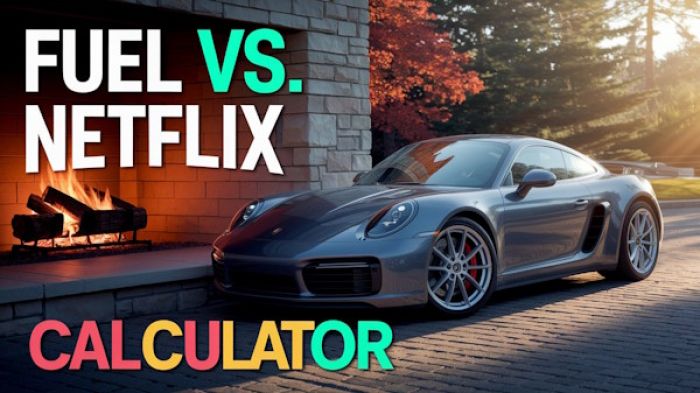Back in 1993, the 3.5 Dodge engine was presented as an even better successor to the very reliable 3.3 engine. However, this turned out to be wrong as it gained a reputation for being problematic and very unreliable.
Many problems have arisen that mechanics claim are due to poor design, while others claim they are due to neglect and poor maintenance.
In 1997 the engine was remade and changed to an aluminum block. Unfortunately, Chrysler engineers missed the opportunity to give the 3.5 engine the glory of its older brother. The aluminum engine was used in the period from 1998 until 2010 when the engine was finally discontinued and its successor, the 3.6 engine, was then installed in all vehicles from 2011 onwards.
.jpg)
Key facts and my opinion about the engine
- Production years: 1993-2010
- Average lifespan of 3.5L: 220,000-240,000 miles
- Fuel supply type: port injection (sequential)
- Power range: 215-235 hp
- Fuel efficiency: average
- Engine block material: cast iron (later aluminum)
- Engine reliability score: high
- The most common problems: poor lubrication due to thin oil channels, uneven idling, contaminated throttle, EGR, and exhaust valves.
What are the key problems with the Dodge 3.5L engine?
Since the 3.5 engine was installed in a multitude of vehicles, many drivers had the opportunity to find out why it got such a notorious reputation of a problem child.
In this article, we will mention the most common problems, explain what their causes are, and what you as the owner of a 3.5 engine can do to fix or even prevent them.
Some of the most common problems that this engine has are oil sludge issues, ticking noise, failure at low milage, leaking coolant, rough idle, and overheating problems. We will now explain each problem separately and suggest possible solutions.
- Oil sludging problem
The oil sludging problem is the thing that made this engine famous in the wrong way. The 3.5 Dodge engine runs hot and the PCV must have the ability to pull enough vapor out of the crankcase. Otherwise, oil tends to sludge and break down which puts the little oil passages within the engine that distribute oil to the crankshaft bearings in danger of oil starvation.
This can then lead to bearing failure because the sludge will accumulate in the engine, causing premature bearing wear.
To avoid this problem, you ought to do several different things:
- Check for restricted PCV valve operation on the regular basis and if you detect sludge building up, clean the engine immediately.
- It is vital to replace the oil frequently, around every 3,000 miles or so, even though the manufacturer advises it to be changed every 7,500 miles.
- When you change the oil, be sure to ask a mechanic to also examine and clean the PCV valve.
- Likewise, it would be prudent to change the PCV valve every 30,000 miles, so to be sure that your PCV system will function at its best.
So, if you want this engine to be at the top of its game, you have to be conscientious and maintain it regularly.
- Really poor reliability
You may be wondering how often you need to change the oil, and if every 3000 miles perhaps might be excessive. Still, the answer is "no, it's not excessive" because the direct problem caused by irregular oil changes is engine failure at low mileage.
Because of spun bearings and broken connecting rods caused by sludging, many of those engines have failed at a mileage even lower than 80,000 miles.
Surely none of the owners want to find themselves in this kind of situation, so if you are driving a car with a 3.5 engine, once again, we need to stress the importance of regular oil changes.
- Coolant leaks
Another weakness of this engine is coolant leaks. Certainly, this problem often occurs after years of service among the various engines, and so the 3.5 isn't any exception.
Several reasons cause this problem:
- The 3.5 engines have a little metal heater tube under the manifold. The O-ring seal which is found on the front part of the unit can leak and fail after a few years of service.
- Rusted metal tube is another reason for coolant leaks. If your engine suffers from this disease you have to replace both: the metal tube and the O-ring at the same time.
That way you will prevent unnecessary troubles in the future and ensure optimal engine operation.
- Overheating
Overheating is another problem that plagues this engine, which is caused by the design itself. The cooling system of this engine uses a cooling liquid pumping unit with a molded plastic impeller. The problem is in the fact that the soft plastic can be worn down and destroyed by waste in the coolant.
When this happens, the engine is running hot and overheats, because the pump can't circulate the needed amount of coolant.
The leaky head gasket is another problem with this engine.
If the fans mounted on your radiator are turning on and off, the radiator is not obstructed and you can't find external coolant leaks, but if your engine is running hot you need to test the pressure. If the test shows that the cooling system holds the pressure, you need to check the water pump.
When you do decide to change or check the water pump, it is important to take care of the thermostat, too.
A restricted catalytic converter that creates back pressure and causes heat to get back into the engine is also a possibility. If you have neglected the cooling system on this engine it is time to change that.
As you can conclude regular maintenance is a must on these engines.
- Rough idle
Among others, rough idle is another common problem that these engines develop. At first, this problem occurs occasionally, but it gets worse over time. The reason behind this problem is accumulated carbon that causes valves to stop.
If that happens the engine will run badly at a low frequency of rotation or could even fail. If you wish to forestall this scenario, avoid the subsequent behaviors. Driving at an inappropriate pace or driving "too gentle". When the engine rises above 3,500 RPM it helps to eliminate the carbon deposits.
Driving only on short distances disables the engine to reach the running temperature and also the carbon can't get burned off. It is important to go on a long-distance drive every once in a while, to enable carbon burn-off.
When the valves begin to create up carbon it is necessary to change the valve covers. Like most of the issues listed above, the carbon build-up isn't an enormous problem, but it should be kept in mind that a 3.5 engine is at risk of carbon deposit.
For this reason, it is necessary to drive it livelier sometimes. All you need is to ride your vehicle over 3,500 RPM regularly to have the engine running at the operating temperature.
- Ticking noise
Ticking noise is another issue that the 3.5 Dodge engine can develop. In the beginning, you will be able to hear this noise only if the engine is cold, but just like in a rough idle case, with time it gets progressively worse.
The noise is coming from the top of the engine and appears as a result of the break of a dowel that holds the rocker arm shaft. If the dowel breaks, the shaft can move which results in misaligned oiled holes.
When that happens the rocker's arms don't receive enough oil and then the rocker arms and the lash adjusters start ticking. When your engine breaks down from this disease you need to replace the rocker shaft assembly.
Even though some car mechanics are changing only the individual parts it is better to change the entire assembly to prevent further ticking noise problems.
How can I avoid problems with the Dodge 3.5L?
As you may have read, the 3.5L Dodge engine came to be known as an unreliable and problematic successor to the beloved 3.3 engine. All the above-mentioned problems appear frequently and many owners may have encountered them.
But not everything is black as it seems. Although this engine has many defects, they are mainly caused by incorrect maintenance or neglect. It is important to pay attention to the regular maintenance of all engine components.
As we emphasized several times, if you follow the above tips, your 3.5L engine will serve you in good health for many years. Proof of that is many satisfied owners who confirm the above with their personal experience. Testimonials from satisfied users can be found on various blogs and forums.
This is supported by the recommendation of experts who advise that 2.7 engines in vehicles be replaced with 3.5 engines. While this engine can develop all the problems listed in this article it is a better choice, due to the poor placement of the water pump in 2.7 engines.
If you are in the process of buying a vehicle and are thinking about one of the 3.5 engines, do not be discouraged. Carefully check that all maintenance is done on time, especially those related to the engine. Listen to the sound of the engine and if everything seems right to you, enjoy your new ride!
About the authors
The CarAraC research team is composed of seasoned auto mechanics and automotive industry professionals, including individuals with advanced degrees and certifications in their field. Our team members boast prestigious credentials, reflecting their extensive knowledge and skills. These qualifications include: IMI: Institute of the Motor Industry, ASE-Certified Master Automobile Technicians; Coventry University, Graduate of MA in Automotive Journalism; Politecnico di Torino, Italy, MS Automotive Engineering; Ss. Cyril and Methodius University in Skopje, Mechanical University in Skopje; TOC Automotive College; DHA Suffa University, Department of Mechanical Engineering






Add comment